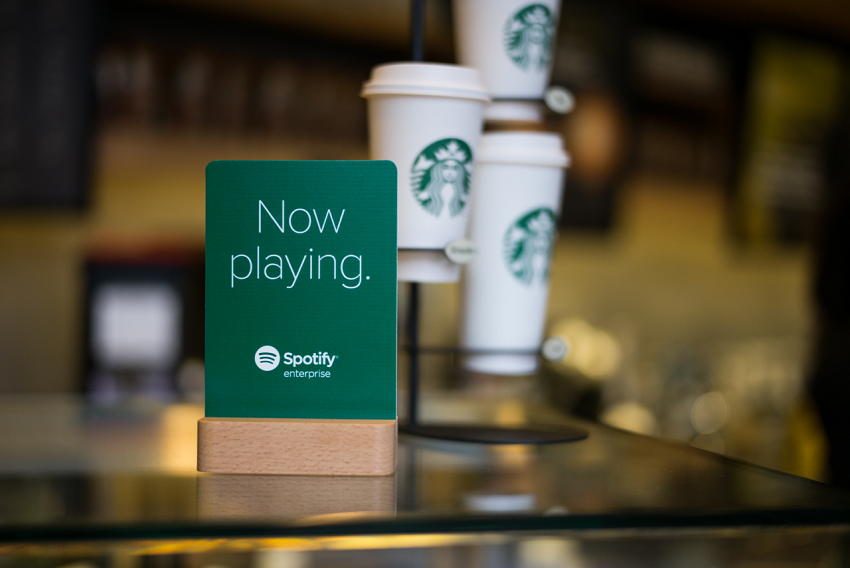If you’ve ever come across a promotional campaign where two different brands collaborate on a product or service, you’ve likely encountered a tie-in arrangement. Tie-in arrangements are strategic partnerships between two or more entities that aim to leverage each other’s strengths and customer bases for mutual benefit. These arrangements often involve combining complementary products, cross-promotion, or joint marketing efforts. In this article, we will explore the concept of tie-in arrangements and provide you with some examples that illustrate their effectiveness. This article is presented by https://creativebizservices.org/
Introduction to Tie-In Arrangements
A tie-in arrangement can be beneficial in many industries, including real estate. It occurs when two or more companies join forces to create a collaborative offering. The goal is to leverage the existing customer base and brand reputation of each participant to generate increased sales and exposure. These arrangements can take various forms, including co-branded products, joint marketing campaigns, or shared distribution channels. In the real estate industry, a tie in arrangement real estate can result in a more streamlined and efficient sales process for both buyers and sellers.
Examples of Tie-In Arrangements
1. Nike + Apple: The Power of Integration
One notable example of a tie-in arrangement is the partnership between Nike and Apple. Both companies recognized the potential to combine their strengths in the fitness and technology sectors. As a result, they developed the Nike+ iPod Sport Kit, a device that tracks the wearer’s workout data and syncs it with their Apple devices. This integration allowed Nike to tap into Apple’s vast customer base and enhance their fitness offerings, while Apple benefited from associating their technology with a leading athletic brand.
2. McDonald’s + Disney: A Happy Meal Collaboration
The collaboration between McDonald’s and Disney is another successful tie-in arrangement. McDonald’s includes toys and promotional items from popular Disney movies in their Happy Meals. By doing so, they not only attract families and children but also capitalize on the hype surrounding Disney’s latest releases. This collaboration has proven to be a win-win situation, with McDonald’s benefiting from increased sales, and Disney gaining wider exposure for their movies and merchandise.
3. GoPro + Red Bull: Extreme Sports Partnership
GoPro and Red Bull, two brands synonymous with extreme sports and adventure, joined forces to create compelling tie-in arrangements. Red Bull’s extreme sporting events, such as the Red Bull Stratos jump, provided an ideal platform for GoPro to showcase their cameras’ capabilities. In return, GoPro’s products became closely associated with exhilarating Red Bull events, boosting brand visibility and sales for both companies.
4. Starbucks + Spotify: The Soundtrack of Your Coffee
Starbucks and Spotify teamed up to create a music-streaming tie-in arrangement. Customers who visited Starbucks stores had the opportunity to influence the playlists played in the background by accessing the Starbucks’ page on Spotify. This partnership created a unique and personalized experience for customers, fostering loyalty and engagement. It also allowed Spotify to tap into Starbucks’ massive customer base, exposing their platform to new users.
5. Amazon + Whole Foods: Seamless Integration
Amazon’s acquisition of Whole Foods in 2017 exemplifies a tie-in arrangement that combines e-commerce and brick-and-mortar retail. By integrating Amazon’s online retailing expertise with Whole Foods’ physical stores, customers can enjoy seamless shopping experiences. This collaboration also allows Amazon to leverage Whole Foods’ reputation for quality and sustainability, enhancing its offerings in the grocery industry.
Conclusion
Tie-in arrangements can be highly effective strategies for companies looking to expand their reach, gain exposure, and tap into new markets. Collaborating with compatible brands not only enhances customer experiences but also opens up new business opportunities. By partnering with the right companies, businesses can leverage each other’s strengths and achieve greater success together.
FAQs
What are tie-in arrangements?
Tie-in arrangements are strategic partnerships between two or more entities that aim to leverage each other’s strengths and customer bases for mutual benefit. They often involve combining complementary products, cross-promotion, or joint marketing efforts.
What is the purpose of a tie-in arrangement?
The purpose of a tie-in arrangement is to generate increased sales and exposure by leveraging the existing customer base and brand reputation of each participant. It allows companies to tap into new markets and expand their reach.
How do tie-in arrangements benefit businesses?
Tie-in arrangements benefit businesses by providing access to a larger customer base, enhancing brand visibility, and creating opportunities for cross-promotion and collaboration. They can lead to increased sales and foster customer loyalty.
Are tie-in arrangements limited to specific industries?
Tie-in arrangements are not limited to specific industries. They can be applied across various sectors as long as there is compatibility and synergy between the partnering entities.
What should companies consider when forming tie-in arrangements?
When forming tie-in arrangements, companies should consider factors such as brand alignment, target audience overlap, shared values, and the potential for mutual benefits. A well-aligned partnership can yield positive outcomes for all parties involved.





